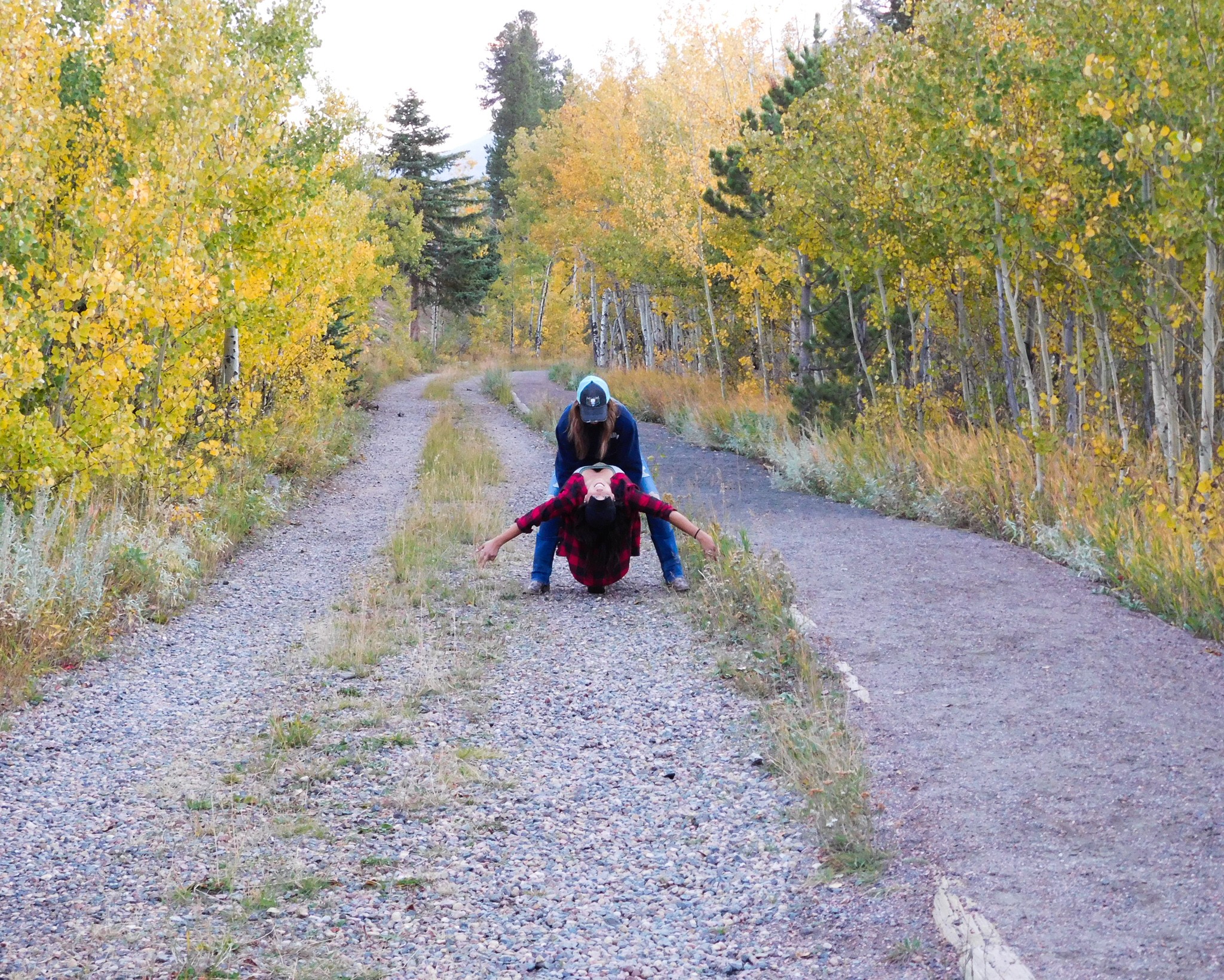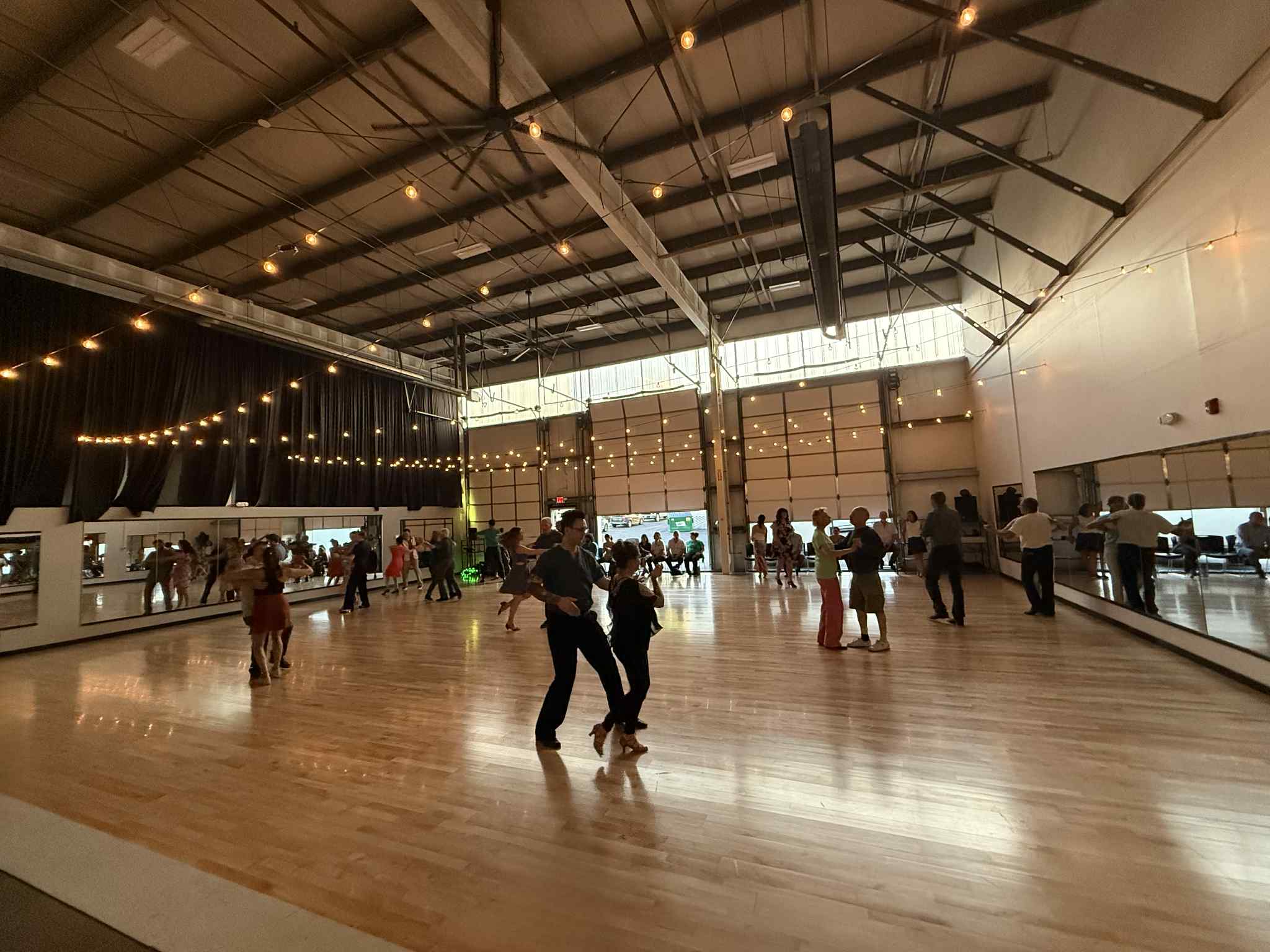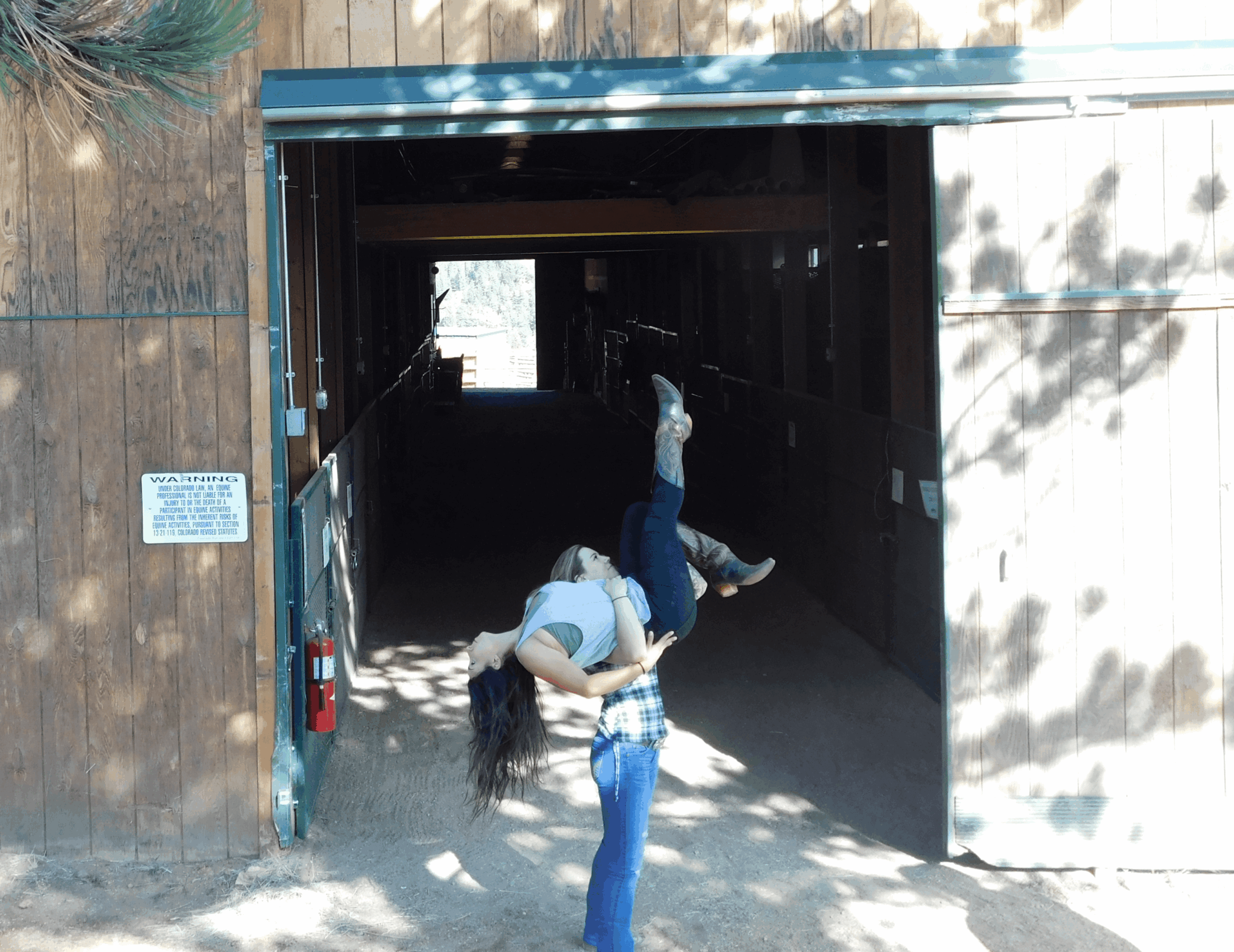We caught up with the brilliant and insightful Madison Broussard a few weeks ago and have shared our conversation below.
Madison, appreciate you joining us today. What was it like going from idea to execution? Can you share some of the backstory and some of the major steps or milestones?
After dancing for a while and becoming more recognized in the community, I started getting questions about whether I offered private lessons. At first, I brushed off the idea, but over the next few weeks, I began to warm up to it. My first students were a father-daughter duo, and from there, word spread pretty quickly.
That momentum encouraged me to explore more teaching opportunities. I reached out to a local dance hall about offering group lessons. At the time, they weren’t looking for an instructor, so I moved on—but a few months later, I got an email from them. Their regular instructor was going to be out, and they wanted to know if I’d be available to fill in. I was nervous, but I jumped at the opportunity. This felt like my shot.
After teaching at the bar for a while, I realized I wanted to take things more seriously. A friend and I created an Instagram page to share dance content. Since we were two women dancing together (I led and she followed) and we posted a lot of partner tricks, the videos caught traction quickly, and our following started to grow.
As interest continued to build, I started researching what it would take to turn this into a legitimate business. I spent a lot of time learning how to register a business with the state, and eventually went through the full process myself. I built my own website from scratch (which was a steep learning curve), and even started designing and selling merchandise—all self-taught, with no outside help. It took months, and a lot of trial, error, and perseverance.
Promoting lessons and figuring out where to teach them was another challenge. I had originally started dancing in Colorado Springs, and most of my following was in Denver or the Springs, even though I’d since moved to Northern Colorado. So I began commuting to Denver to teach private and group lessons, since that’s where the demand was. But after a year, I realized the travel wasn’t sustainable—especially because I was a single parent.
Pregnancy and early motherhood put dancing on pause for a while. It was a hard season—isolating and full of uncertainty—but it gave me time to focus on the back end of the business. From bed rest to newborn naps, I used those moments to refine the website and find more efficient ways to run things.
As my daughter got a little older, I started teaching again and found a local dance studio where I could rent space. For a long time, I only taught once a week, and didn’t have much interaction with the other instructors since our schedules didn’t overlap. Then, after a few years—and a major career change—I left my job at a chiropractic office and dove fully into dance.

Madison, before we move on to more of these sorts of questions, can you take some time to bring our readers up to speed on you and what you do?
I first found dance during a really difficult time in my life. A relationship was falling apart, and I was feeling completely broken. A friend invited me to go out to a local dance hall that had an 18+ night. I wasn’t even 21 yet and had never really danced before, so I was hesitant—but I gave it a try. After a few weeks, it became our weekly routine, and I quickly realized I had found something special. I had never felt more at home, more at peace, or more like myself than when I stepped onto that dance floor.
What started as one night a week quickly grew into four. I searched out every 18+ dance hall I could find, dancing until the bar closed and doing it all over again the next night.
As the scene grew and more people started coming out to dance, I began getting questions—people wanted to know where I had learned to dance. When I told them I was mostly self-taught with a few lessons along the way, they started asking if I could teach them. That was the beginning of what would eventually become my career.
Over the years, I’ve learned so much—not just about dance, but about teaching. Every student has a different learning style, personality, and pace. I’ve learned how to explain the same movement ten different ways, how to be patient, when to challenge someone, and when to slow down. What drives me is not just the dancing itself, but the moment I see someone truly get it—when something clicks and they light up from the inside out. That’s what I live for.
I take a lot of pride in the energy, care, and attention I give to each and every student. Whether someone is learning for social dancing, competition, or their wedding, I tailor every lesson to their specific needs. I pay attention to the small things—how they’re feeling that day, their learning style, what kind of motivation they respond to, even whether they need a bit more time with a movement before we move on.
I teach back-to-back lessons every day, constantly shifting between dance styles, leading and following, and adapting my approach on the fly. And honestly, I love it. It keeps me sharp, connected, and inspired. More than anything, I want each person I work with to walk away not only more confident in their dancing, but also more connected to themselves.

How did you build your audience on social media?
When I started posting dance content—especially dips and aerials—on Instagram and TikTok, what really drew people in was the fact that I was leading. At the time, there weren’t many women leading in the country dance scene, especially not posting about it online. So I made a decision: I committed to spending an entire year focusing only on leading, not following, so I could really hone that skill and grow as a dancer.
That’s when things started to take off. People were drawn to the fact that I was a woman leading, performing lifts, dips, and tricks, and showcasing a different side of what partner dancing could look like. It was bold, different, and it stood out. From there, I stayed consistent—I replied to every comment and DM, posted regularly without big gaps, and paid attention to what was actually keeping people engaged. I learned what video length performed best, what types of content caught attention, and how to hold it long enough for viewers to stay until the end.
Building a social media presence isn’t easy, especially now when there’s so much content out there and so many creators in the space. I’ve had a bit of an advantage simply because I started earlier—when TikTok was still pushing out videos more aggressively and organic growth was easier. I grew my TikTok following to over 60,000, and while some of that audience carried over to Instagram, most of my growth there has been more gradual. As the TikTok algorithm shifted and views became harder to come by, I naturally transitioned to focusing more on Instagram and Facebook, where my audience was more engaged.
The key to growing a presence—then and now—is consistency. Keep posting. Stay on message. Create content that surprises people, captures emotion, and tells a story. I’ve always made it a priority to be real with my audience. I don’t pretend or perform. I share my heart, and I think that authenticity has helped people connect with me and want to stick around for the journey.

How’d you build such a strong reputation within your market?
I’m committed to continuous growth, both personally and professionally, and I’m always working to improve in one way or another—sometimes even in both areas at the same time. As a teacher, I’ll never allow myself to become stagnant. I’m always seeking to learn more, refine my own dance skills, and explore new sources of knowledge to help my students grow. If I stop evolving, so do they.
Opening myself up to different dance styles, teaching methods, and perspectives has truly transformed me as an instructor. It’s been a journey of growth, and as people see me continue to progress in my own dance journey, they trust me more to guide them on theirs.
I’ve always made it a point to support others. I focus on the positive qualities in both people and their dancing, striving to create an uplifting and welcoming atmosphere—something not every dance community offers. I’ve worked hard to challenge the negativity that sometimes exists between different dance styles and communities, advocating for unity and fostering a more inclusive outlook. My overall support for dance, in all its forms, helps create the kind of positive environment where people feel safe and encouraged to express themselves. After all, dance is all about putting yourself out there, and if people don’t have a supportive space to do that, they won’t.
Contact Info:
- Website: https://inspiredmovementdancer.com
- Instagram: inspiredmovement.dance
- Facebook: https://www.facebook.com/inspiredmovementdance





